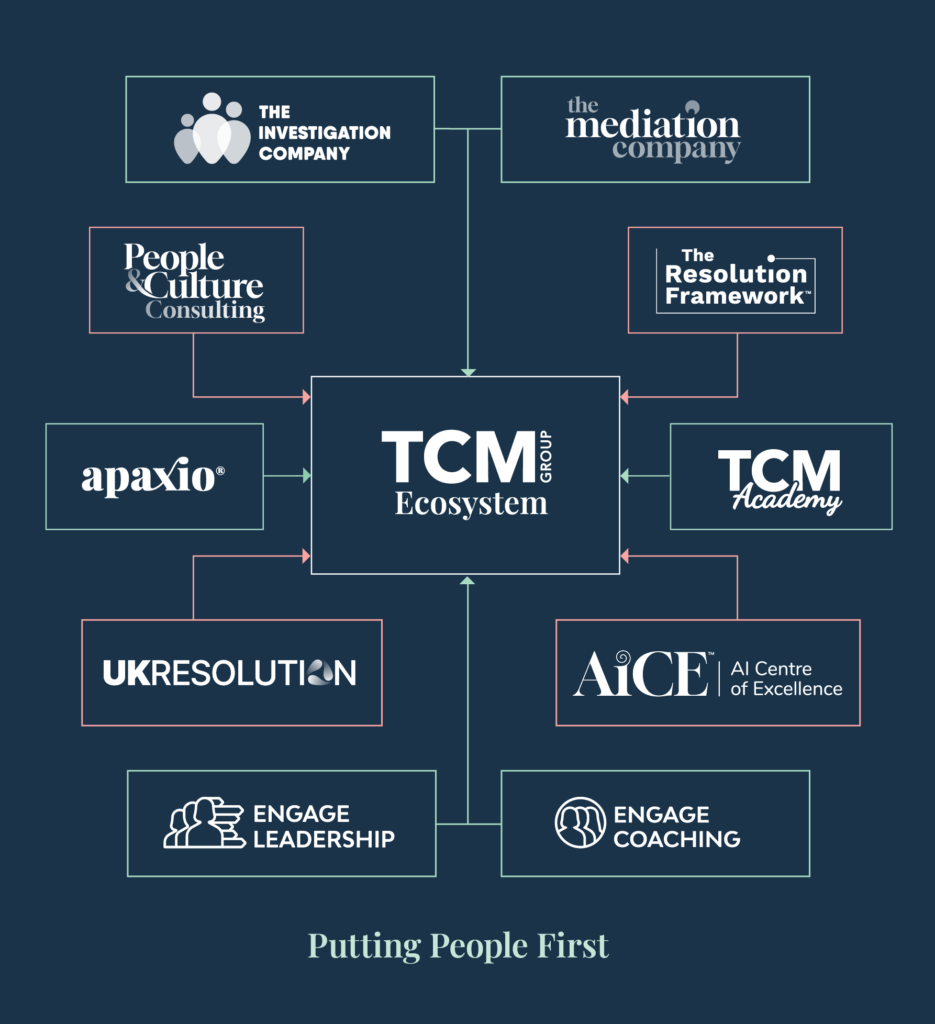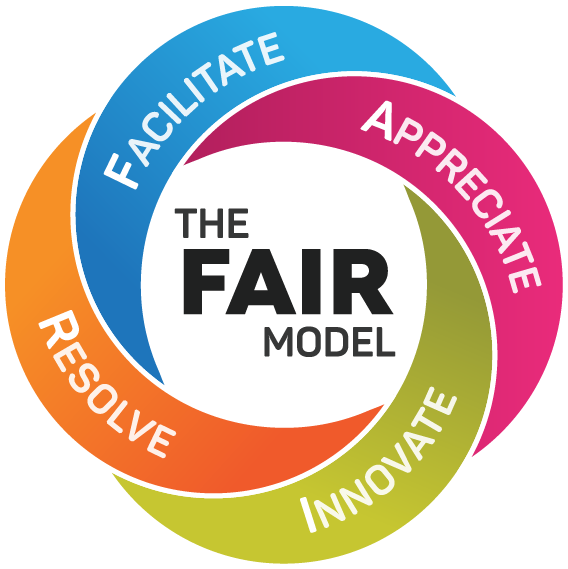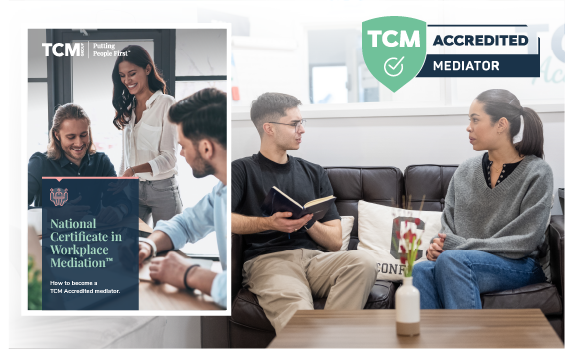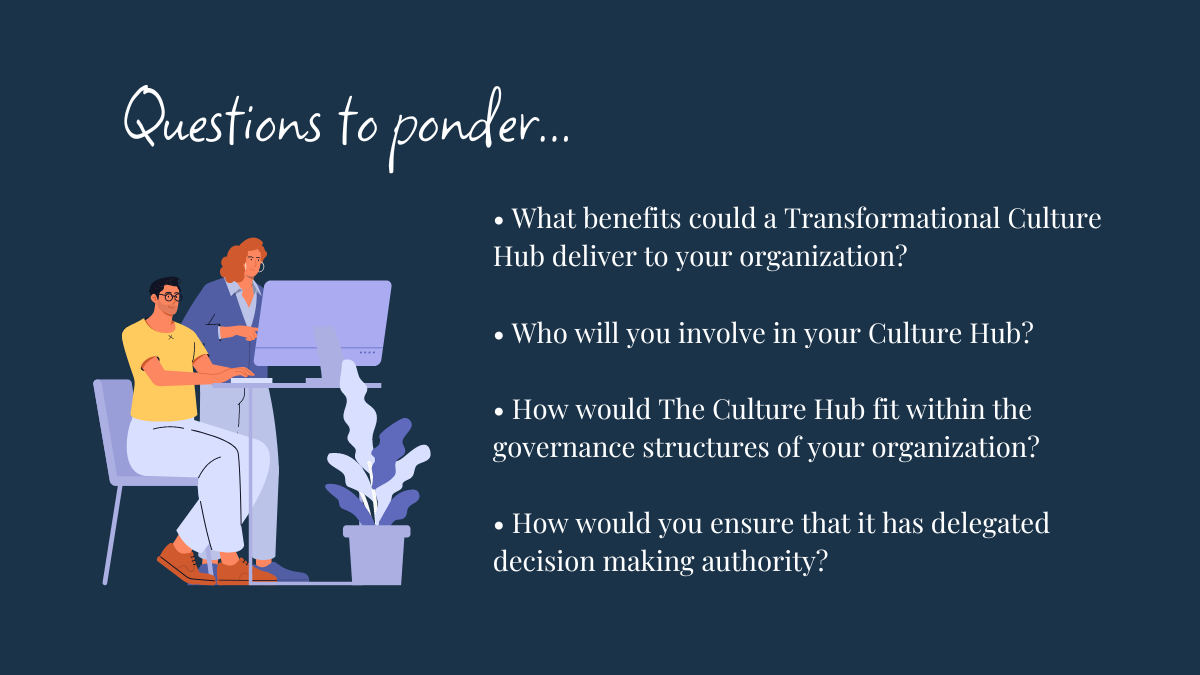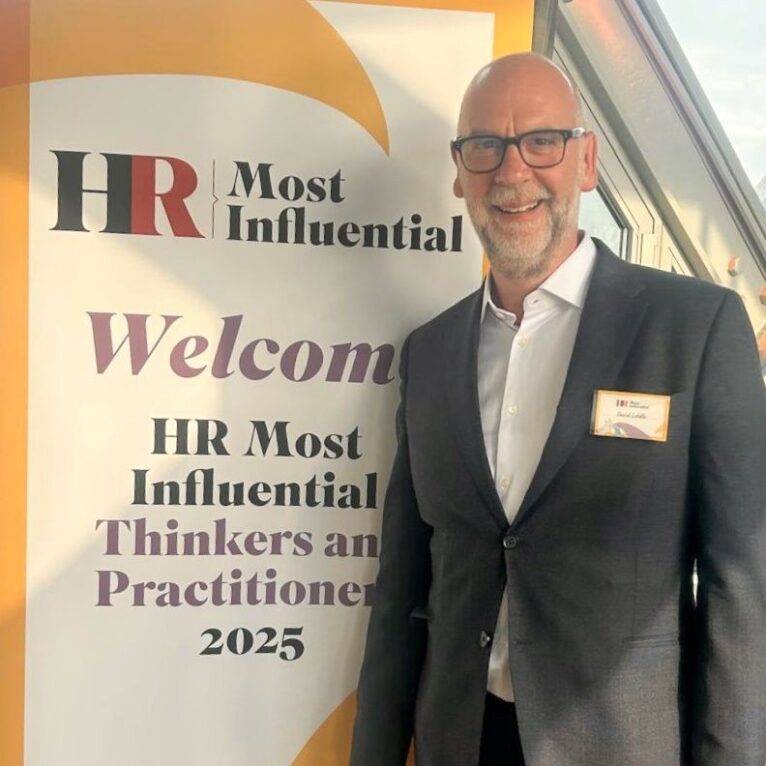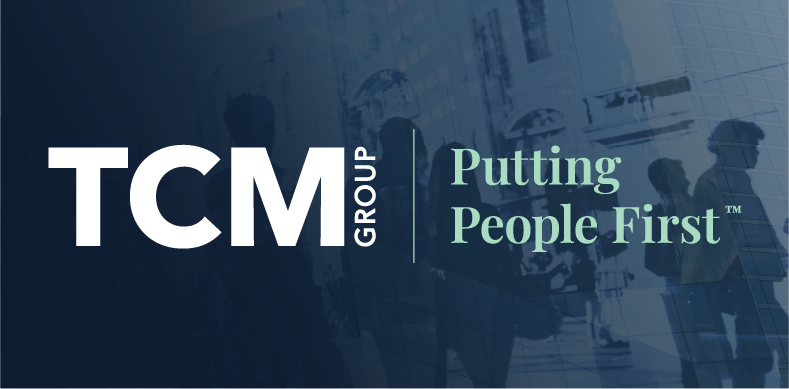
Share article:
Tags:
Our culture is part of what shapes who we are as people. The culture we grow up in forms the foundation of not just the languages we speak and our everyday habits, but our values, beliefs, and the way we orient ourselves in the world.
It’s the same for organizations.
Culture is an essential part of an organization’s identity. It governs an enterprises’ values and behaviours; how people treat each other, the decisions they make, the bedrock they stand on. So who’s in charge of creating this crucial agenda?
HR normally takes on a de facto role in shaping culture. But this is important. It’s potentially the most important aspect of a business’ internal workings, so why shouldn’t the CEO have a say? The CFO? The union exec?
We argue that for culture to really work it needs to be co-created with buy-in from every lead in the organization. Unlike people who are born into their cultures, organizations have an incredible opportunity to co-create it together.
Introducing: The Culture Hub
To drive successful cultural transformation, and to do so at pace, boards, senior leaders, HR, line managers, unions, employees, and other stakeholders need to connect and collaborate in new and exciting ways. The Transformational Culture Hub (The Culture Hub) provides a forum for creating and exchanging ideas. It is an intentional space where leaders can come together to have the crucial conversations to dream what a culture could be. It also creates the conditions where stakeholders can for plan for change; predict and solve problems; provide the necessary vision, energy and resources; measure impact and create accountability and it can support the development of a high growth mindset across an organization.
The overarching purpose of the Transformational Culture hub is to integrate the principles of transformationalism deep into their organization: fair, just, inclusive, sustainable, and high-performing. To shape a new social contract for your organization with your unions, leadership, and entire team.
How does it work?
The Transformational Culture Hub should be chaired by a member, typically the CHRO, Chief People Officer or equivalent. This allows for two-way communication and feedback with senior leadership thus ensuring that the transformational culture becomes part of the long term strategic narrative of the organization.
The Culture Hub supports the development of a working partnership between the triumvirate of the modern workplace namely: management, unions and the people and culture function (HR). This modern form of partnership allows the three members of the triumvirate to prepare their strategy for building recovery, resilience, and resolution into their organizations.
The Culture Hub provides leadership and governance for the transformational culture. It creates the overarching cultural change strategy, the cultural change programme plan, the impetus, the resourcing, and the governance frameworks which support the cultural transformation.
In other words, it is responsible for the development, deployment, communication, sustainability, evaluation, review, and evolution of the organizational culture. To achieve these objectives, the Culture Hub has several cross-functional workstreams (subgroups) which support the development, deployment, and evaluation of the transformational culture.
The role of HR
As the facilitator of these important conversations and the force behind its activation, The Culture Hub provides a ground-breaking strategic position for the HR function within an organization. In fact, our People & Culture model, of which The Culture Hub is a centerpiece, places HR as one of the most critical roles in the modern workplace.
To assist with the strategic development and the operational deployment of a transformational culture, The Culture Hub can utilise a set of 8 Enablers which are designed to help the organization to develop a fair, just, inclusive, sustainable, and high performance culture.
Who owns culture in your organization? What are you doing to co-create it? We’d love to hear from you!
For an in-depth look at the concepts touched on here and practical advice on how to implement them, you can check out my latest book, Transformational Culture: Develop a People-Centred Organization for Improved Performance.
